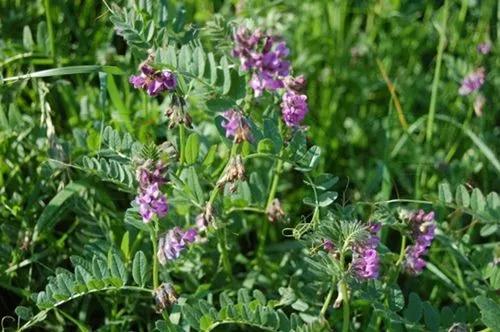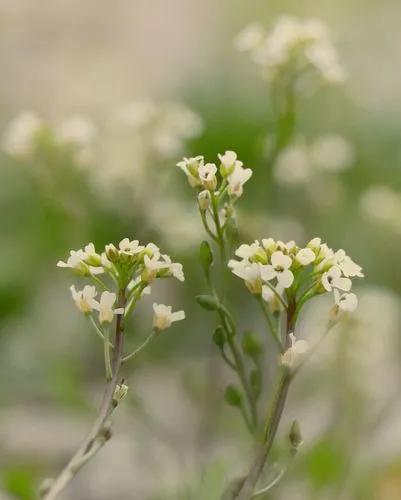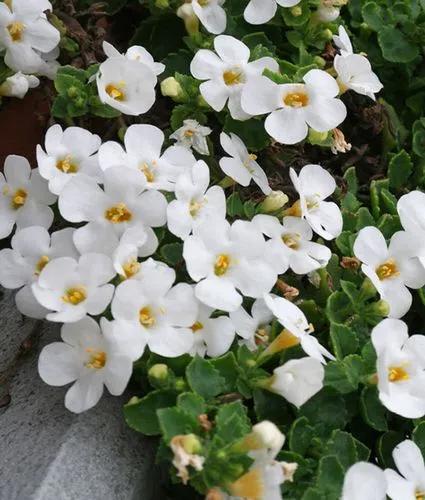Vicia sativa has a high ability to fix nitrogen provided that the seeds are inoculated with an adequate rhizobium strain or that it has been sown previously on the field (FAO, 2010; Sattell et al., 1998). It can provide N either to the cereal companion crop when sown in mixed pastures, or to the following crop when sown alone.
Narrow-Leaved Vetch Care
Vicia sativa



Leaf: leaflets 5--7 mm wide, linear to generally lance-oblong, length 4--10 × width. Flower: calyx tube 4.5--5.5 mm, lobes 3--4.5 mm; corolla 10--18 mm, pink-purple to +- white. Fruit: black. Seed: 2.5--4 mm wide, spheric. Ecology: Roadsides, disturbed areas, grassland, open areas in oak woodland, riparian woodland; Elevation: < 1608 m. Bioregional Distribution: NCo, NCoRO, NCoRI, n&c SNF, GV, CW (exc SCoRI), SCo, ChI, PR; Distribution Outside California: to southeastern United States; native to Europe. Flowering Time: Mar--Jun
This plant might be poisonous
How to get rid of: Control common vetch with a post-emergent two-, three-, and four-way broadleaf herbicide. Herbicides containing triclopyr and clopyralid, as well as fluroxypyr products are efficient herbicide controls.
How to Care for the Plant

Popularity

473 people already have this plant 93 people have added this plant to their wishlists
Discover more plants with the list below
Popular articles






